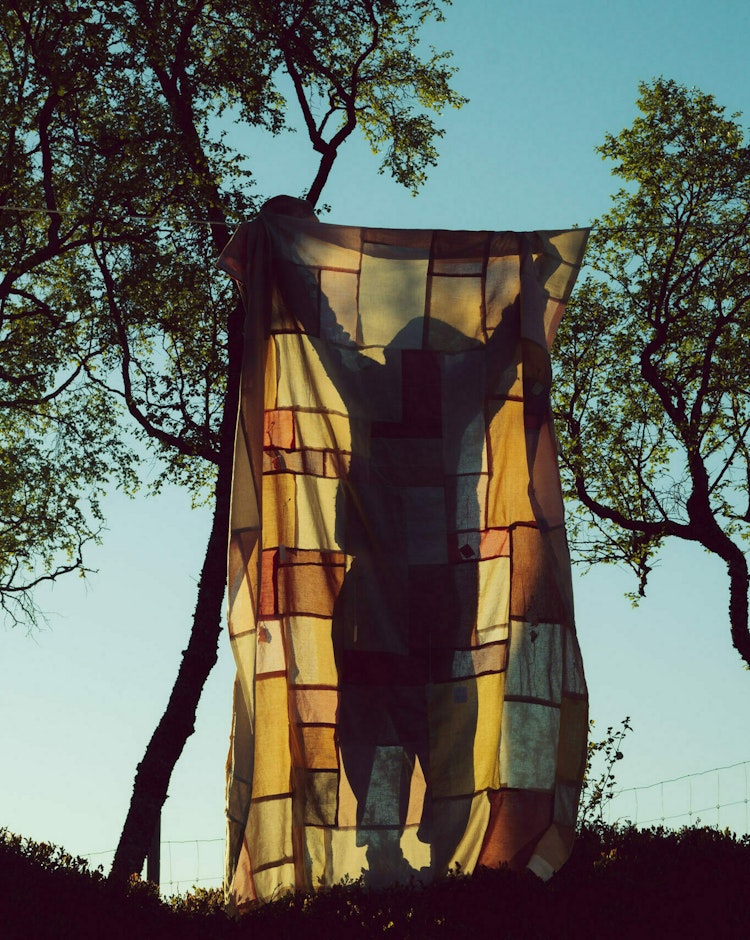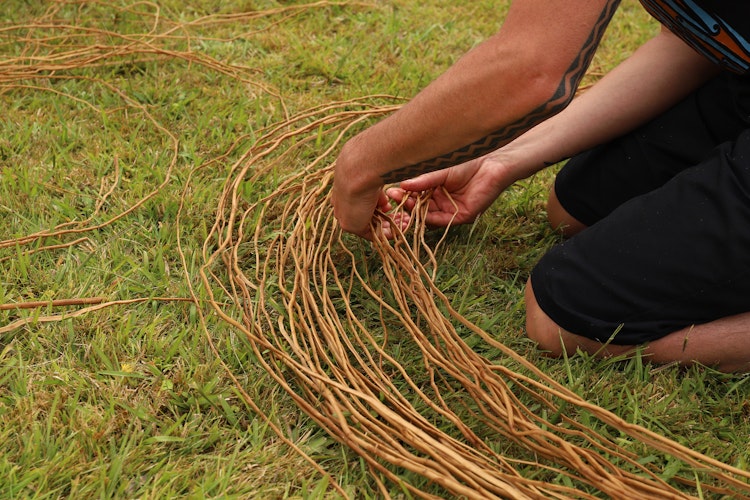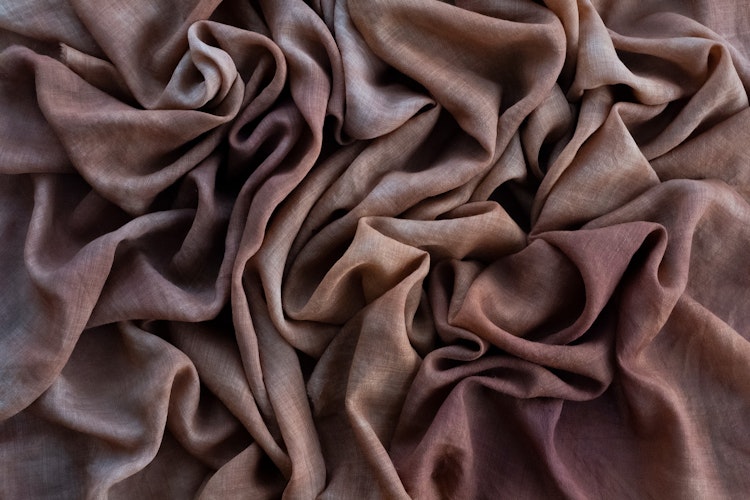When Norwegian Crafts was established nearly ten years ago it was set up as an online magazine designed to promote Norwegian craft artists internationally. In the first few years the organisation, which was then known (at least publicly) as Norwegian Crafts Magazine, published themed issues on a quarterly basis, with titles such as “On Usership and Autonomy” (2015) and “On the Crafts Economy” (2014). Over the course of several years, Norwegian Crafts grew its programming portfolio to include exhibitions, grant schemes, seminars, residencies, and much more, and we left our days of magazine publishing behind – until now. Some issues of Norwegian Crafts Magazine are still public on our website, along with more recent artist interviews and essays we have commissioned since as part of our programming.
Craft-specific mediation and theory is important because it provides precise tools for artists, researchers, curators, and writers to discuss matters pertinent to a making practice, without borrowing too heavily from a fine art vernacular, which is often the risk. Materiality and materials, skills and the transmission of knowledge, functionality, and so on, deserve to be discussed as essential aspects of an artistic practice or craft discipline, not as accoutrements to concepts or aesthetics.
With The Vessel we aim to entice more people to immerse themselves in craft, making practices and material culture. We hope to do so by making the content we present here relevant to people from different geographies and backgrounds. That’s why we’ve opted to recruit new editors for each issue and leave the commissioning of articles and other content up to them. For this first inaugural issue we brought three people together: Káren Elle Gaup, conservator of the Sámi collections at Norsk Folkemuseum, Marte Johnslien, artist and associate professor at Oslo National Academy of the Arts, and Cameron Woolford, Kaitiaki Taonga Collection Manager at Te Papa Tongarewa in Aotearoa New Zealand. Tasked with finding common ground around the theme of “archives”, they have focused on how a handful of artists have used archives, museum collections, and knowledge-holders to resurrect endangered making practices, and how these making practices relate to identity, community, and land. The interviews and essays give a real insight into how contemporary craft practices continue to keep traditional knowledges alive and breathing.
The Vessel is published by Norwegian Crafts and would not have been possible without the support of our funders: the Norwegian Ministry of Culture and the Ministry of Foreign Affairs. Additional support for The Vessel has been provided by Kunsthåndverkernes Fond (Norske Kunsthåndverkere). Thank you to our fabulous graphic designers and programmers at Bielke & Yang. And finally, thank you to the editors and all the artists and contributors for taking a chance on this new endeavour.






